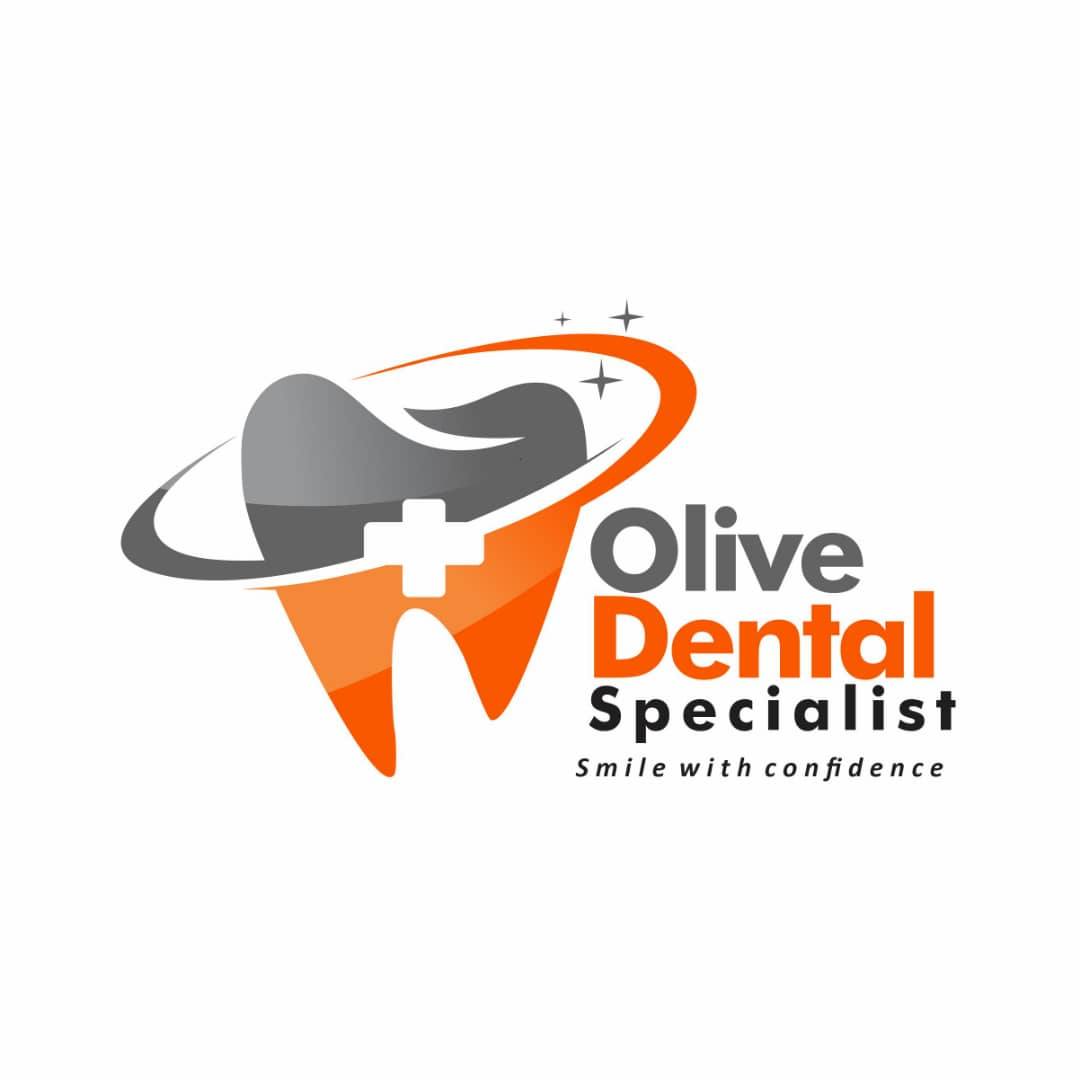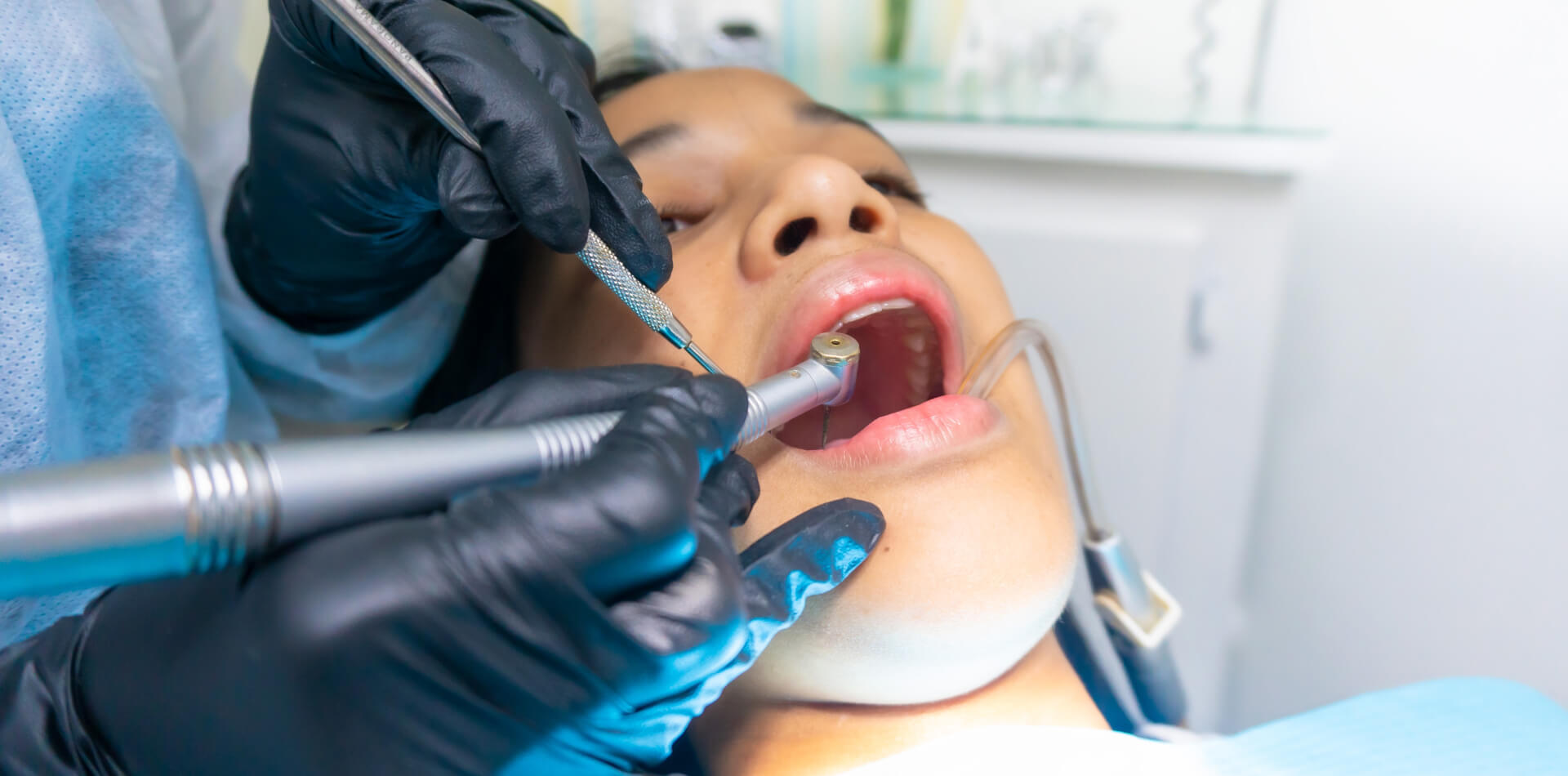Tetracycline-stained teeth can significantly impact your smile and confidence. While tetracycline is an effective antibiotic for treating various infections, its side effects, including severe tooth discoloration, are a concern for many. If you or a loved one are dealing with this issue, there’s hope! This comprehensive guide explores everything you need to know about tetracycline-stained teeth, how it happens, and the best ways to restore your smile.
At Olive Dental Clinic, we are dedicated to providing comprehensive dental solutions that enhance both oral health and confidence. Let’s dive in!
What Is Tetracycline?
Tetracycline is a widely used antibiotic, historically prescribed to treat bacterial infections, acne, diarrhea, and more. Decades ago, it was given to individuals of all ages, including children, but its prescription practices have since evolved.
Today, tetracycline is mainly prescribed for adults and children over the age of 8 due to its association with tooth discoloration in younger patients. Studies have shown that exposure to tetracycline during tooth development—whether in utero, during nursing, or in early childhood—can lead to permanent stains embedded in the enamel.
These stains can appear in shades of gray, brown, or even fluorescent yellow, and they form beneath the tooth’s surface, making them particularly resistant to conventional whitening methods.
How Tetracycline Stains Teeth
Tetracycline affects teeth by binding with calcium during the mineralization and calcification process of tooth development. This results in deep, intrinsic discoloration.
Factors That Influence Staining:
- Timing of Exposure: Exposure during critical periods of tooth development, such as the second and third trimesters of pregnancy or the first eight years of life, increases the risk of staining.
- Duration of Treatment: Longer courses of tetracycline result in more severe discoloration.
- Dosage: Higher doses amplify the staining effects.
- Individual Differences: Genetics and enamel thickness can also play a role in the severity of discoloration.
These stains aren’t just cosmetic; tetracycline can weaken enamel, increasing the risk of tooth decay and cavities. Without intervention, these issues can lead to long-term dental problems.
Challenges of Whitening Tetracycline-Stained Teeth
Unlike surface stains caused by coffee, tea, or tobacco, tetracycline-induced discoloration is intrinsic and embedded in the enamel. This makes standard whitening treatments less effective.
- Over-the-Counter Products: Whitening toothpaste and strips have little to no impact on these deep stains.
- Bleaching Treatments: Professional bleaching may yield mild improvements but often requires extended treatment durations (up to 12 months) for noticeable results.
- Unpredictable Results: Even with prolonged efforts, the outcome can vary significantly depending on the severity of the stains.
Effective Solutions for Tetracycline-Stained Teeth
If traditional whitening methods fall short, advanced dental procedures can help restore your smile.
1. Dental Veneers
Veneers are thin, custom-made shells designed to cover the front surface of teeth. They are an excellent option for hiding tetracycline stains while also addressing imperfections like chips, cracks, or uneven shapes.
- Natural Appearance: Veneers mimic the translucency and color of natural teeth.
- Long-Lasting Results: With proper care, veneers can last 10–15 years.
- Quick Transformation: The process typically requires just two or three visits to the dentist.
2. Dental Bonding
Dental bonding involves applying a tooth-colored resin to the stained teeth and sculpting it into the desired shape. While more affordable than veneers, bonding is less durable and may require periodic touch-ups.
3. Crowns
In cases of severe discoloration and enamel damage, crowns can offer both aesthetic and functional benefits. A crown encases the entire tooth, restoring its strength and appearance.
4. Combination Treatments
For patients with moderate discoloration, a combination of professional bleaching followed by veneers or bonding may provide optimal results.
Preventive Measures for Adults Prescribed Tetracycline
If you’re an adult taking tetracycline, it’s crucial to minimize the risk of tooth discoloration:
- Practice Excellent Oral Hygiene: Brush twice daily with fluoride toothpaste and floss regularly.
- Stay Hydrated: Drink plenty of water to reduce staining risks.
- Avoid Sunlight: Tetracycline can increase photosensitivity, which may exacerbate staining.
- Consult Your Dentist: Inform your dentist about your tetracycline use to discuss preventive strategies.
Why Professional Help Is Essential
Dealing with tetracycline-stained teeth requires specialized care. At Olive Dental Clinic, we assess the severity of discoloration and recommend tailored solutions to meet your unique needs. Whether it’s veneers, bonding, or crowns, our treatments are designed to restore not only your smile but also your confidence.
Your Smile, Your Confidence
Tetracycline-stained teeth can feel like a daunting challenge, but with modern dental solutions, achieving a radiant smile is within reach. Don’t let discoloration hold you back—seek professional help today.
At Olive Dental Clinic, we’re committed to enhancing oral health and boosting confidence through expert care. Contact us today to explore your options and reclaim your smile!



